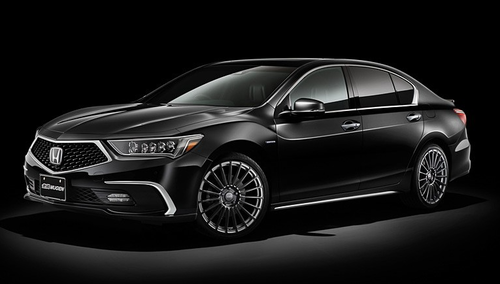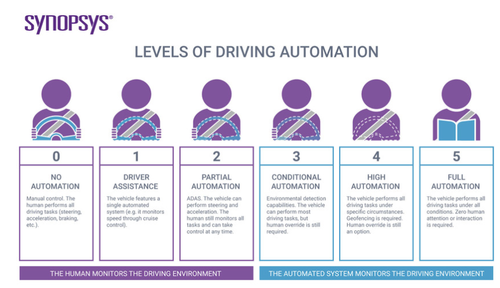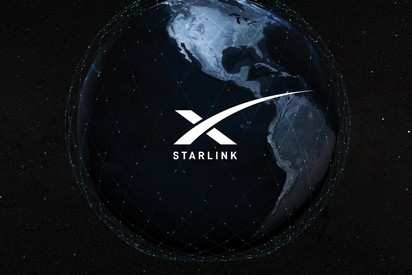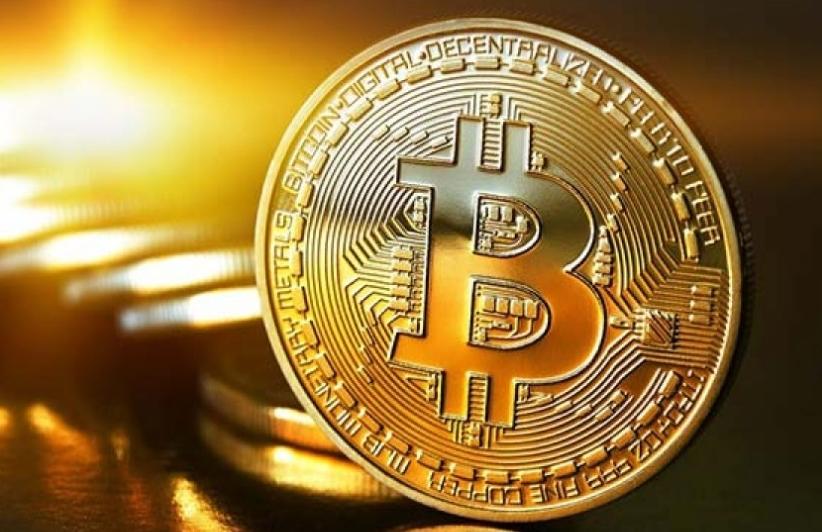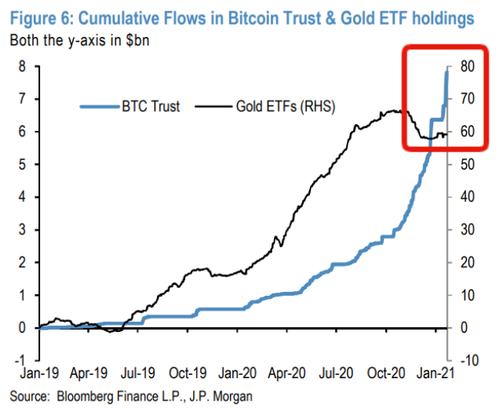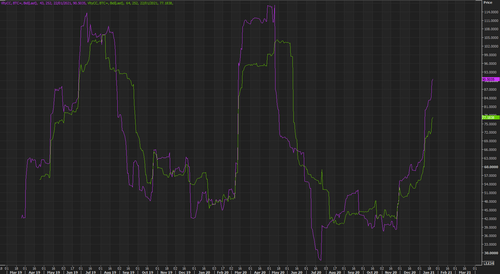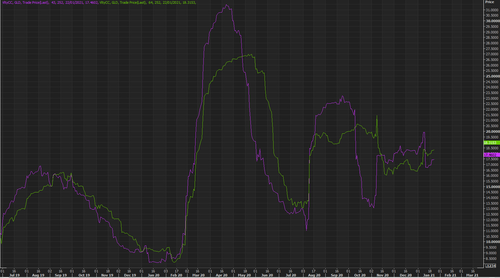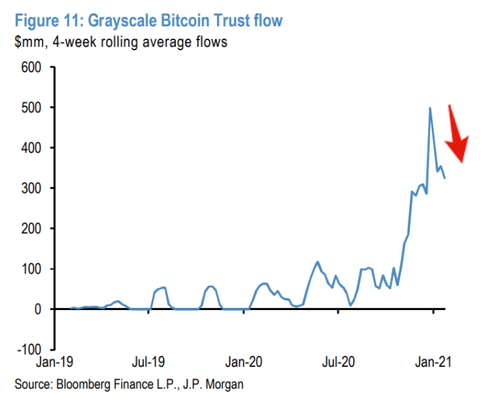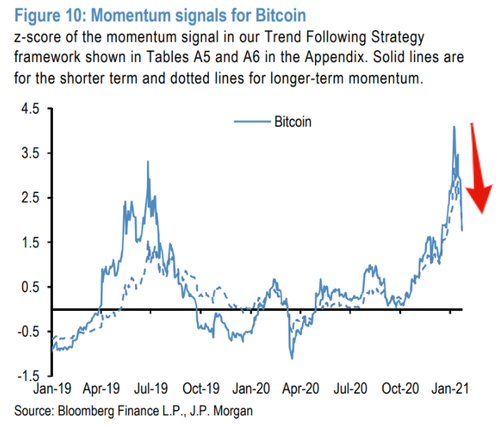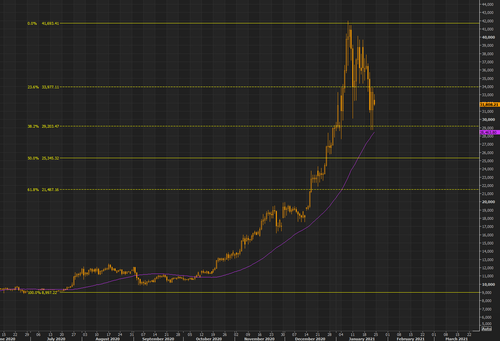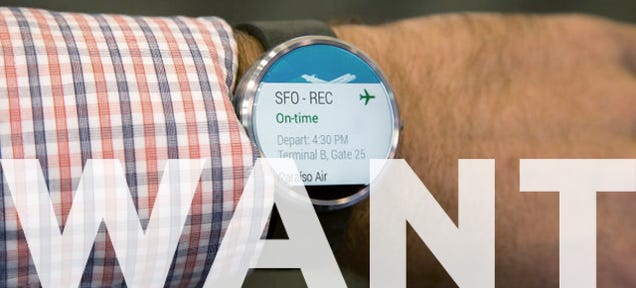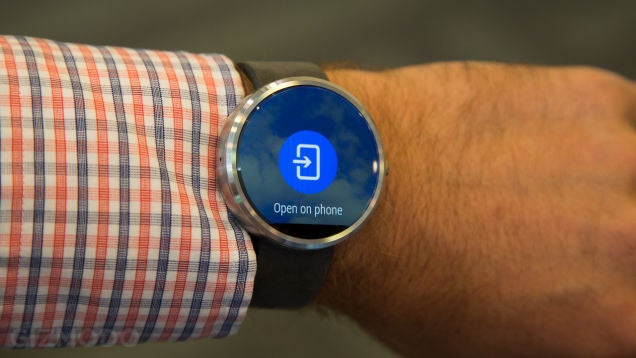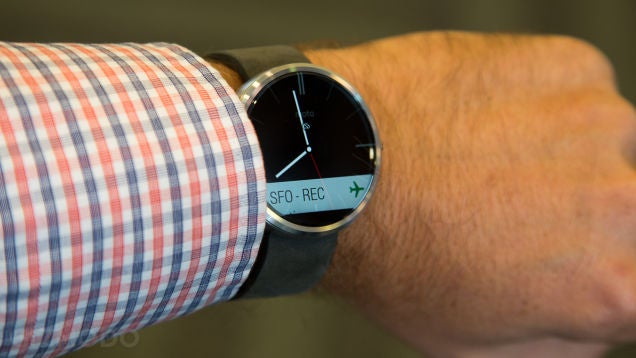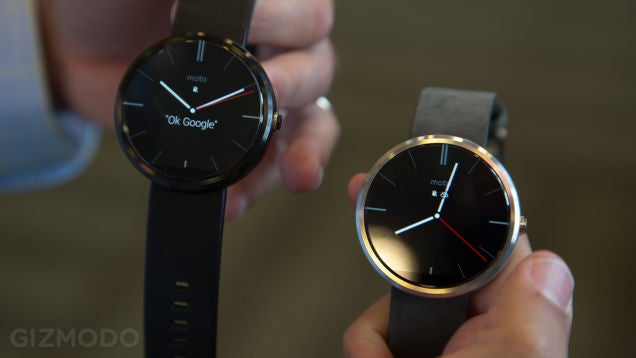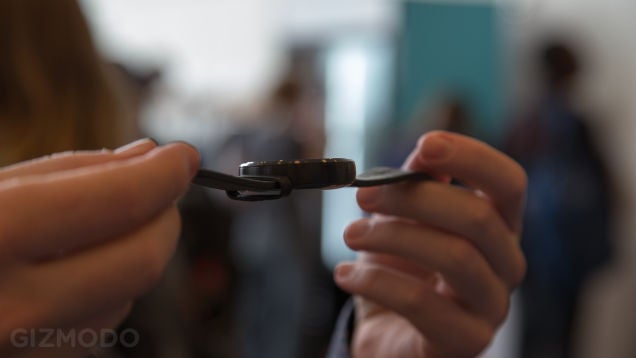 By Brad Stone
By Brad Stone
At the Consumer Electronics Show in Las Vegas in January,
Samsung introduced new software for its tablets, called the Magazine UX. This
was a revamped interface that resembled the table of contents in a
magazine, allowing users to click directly into videos and articles.
Manufacturers often apply their own design flourishes to Android, and
this one looked good—not groundbreaking, maybe—but slick, intuitive, and
completely unobjectionable.
Behind the scenes, though, the announcement enraged executives at
Google (GOOG),
the company that owns and administers Android. Magazine UX hid Google
services such as its Play apps store and required Android users and
application developers to learn an entirely new set of behaviors for
Samsung devices. The South Koreans were relegating Google to the
background.
Defusing the situation fell to
Sundar Pichai,
the tactful, tactical new chief of Google’s Android division. Pichai
set up a series of meetings with J.K. Shin, chief executive officer of
Samsung Mobile Communications, at the
Wynn (WYNN)
hotel on the Vegas strip, at Google’s offices in Mountain View, Calif.,
and again in February at the Mobile World Congress convention in
Barcelona. Pichai says they held “frank conversations” about the
companies’ intertwined fates. A fragile peace was forged. Samsung agreed
to scale back Magazine UX and, signaling a new era of cooperation, the
two companies announced a broad patent cross-licensing arrangement. “We
now work together more closely on user experience than we ever have
before,” Pichai says.
Ten years ago, the Indian-born Pichai, 42,
was a product manager at Google, and his domain consisted of the search
bar in the upper right corner of Web browsers. He then persuaded his
bosses to wade into the browser wars with Chrome, which in time became
the most popular browser on the Internet and led to the Chrome operating
system that runs on a line of cheap laptops called Chromebooks. Pichai
took over Gmail and Google Docs in 2011. In 2013, CEO Larry Page put him
in charge of Android, making him one of the most powerful technology
executives in the world. Page says Pichai “has deep technical expertise,
a great product eye, and tremendous entrepreneurial flair. This is a
rare combination, which is what makes him a great leader.”
Google doesn’t discuss Android’s profitability, and analysts
have had a notoriously difficult time making estimates. Yet the
operating system is vital to Google, whose revenue was $60 billion in
2013. Android runs on 1.2 billion devices around the world. It drives
users to the company’s hugely profitable search engine and the ads on
its maps service. Google search and maps are available on phones made by
Apple (AAPL) and
Microsoft (MSFT),
too, but Google pays those companies referral fees. The more people use
Android, the more Google can keep that revenue to itself.
Managing
Android might be the hardest job at the company. Every phone maker that
joins the Android world has to balance its interests with those of
Google. The software is open-source, so anyone can adapt the code for
his or her own purposes. Google distributes the latest versions free
under the agreement that device makers will highlight profitable Google
services—especially search and maps—while their own brands and services
take a back seat.

Samsung isn’t the only company whose relationship with Google is complicated. Companies such as
Amazon.com (AMZN), which recently introduced its own phone, the Fire, and
Nokia (NOK) have created custom variations of Android that use older versions of the software and leave out Google services entirely.
HTC (2498:TT) and
LG Electronics (066570:KS)
have taken the deal but make little money from their Android devices
and hold negligible shares of the smartphone market. Meanwhile,
developers complain about the complexity of making applications for the
varied world of Android phones and tablets, all with differently sized
screens and processors, particularly compared with the relative ease of
developing for Apple’s more orderly universe of iPhones and iPads.
“The openness and flexibility that Android created is a
double-edged sword,” says Dave Feldman, co-founder of Emu, which makes a
mobile messaging service. “Because carriers and manufacturers can
modify Android, the task of creating and debugging an app can be far
more time-consuming than for iOS. That is Android’s big challenge.”
Tim
Cook, Apple’s CEO, used the stage at Apple’s Worldwide Developers
Conference in June to call Android a “toxic hellstew” of security
vulnerabilities and fragmentation, running on so many kinds of devices
that it fails to offer the latest features to users. Pichai calmly
mounts a defense of Android’s security features and its relationship
with developers, but it concludes as less of a retort than a sigh of
envy. “It must be liberating [for Apple] to wake up and think about your
device, your software—and hey, ‘I can even call the chip-set guys and
say what the chip should be,’” he says. “I have to think about building a
platform and bringing as many people along on this journey and getting
it right. I believe that ultimately, it’s a more powerful approach, but
it’s a lot more stressful as well.”
 Photograph by Benjamin Rasmussen for Bloomberg Businessweek
Photograph by Benjamin Rasmussen for Bloomberg BusinessweekPichai’s
colleagues talk up his affability and skills as a diplomat, how he
bucks the contemporary image of technology executives as vainglorious,
out-of-touch men-children. “I would challenge you to find anyone at
Google who doesn’t like Sundar or who thinks Sundar is a jerk,” says
Caesar Sengupta, a vice president who has worked with Pichai for eight
years.
In person Pichai is soft-spoken and self-deprecating. He
warns that without proper care, Android’s future might resemble a
surfing lesson he recently took in Hawaii with his 11-year-old daughter:
It seemed like a triumph when he got up for the first time, but then he
fell badly. In a series of interviews in conference rooms at Google’s
Mountain View, Calif., and San Francisco offices, he peppers his
conversation with idiosyncratic tics, abusing the word “internalize,”
and inserting “et cetera” at the end of many phrases. A recently grown,
gray-flecked beard adds gravitas to his boyish face. He says not shaving
saves time and “reflects the state of mind of having more
responsibility.”
Pichai was born in Chennai, a city of 4 million
in the southern Indian state of Tamil Nadu. His mother worked as a
stenographer before she had children; his father was an electrical
engineer for the British conglomerate GEC and managed a factory that
made electrical components. “I used to come home and talk to him a lot
about my work day and the challenges I faced,” recalls Regunatha Pichai.
“Even at a young age, he was curious about my work. I think it really
attracted to him to technology.”
 Courtesy Sundar PichaiPichai with his parents in California in 1997, when they came to visit him in the U.S. for the first time
Courtesy Sundar PichaiPichai with his parents in California in 1997, when they came to visit him in the U.S. for the first time
The
family of four lived in a two-room apartment, with Sundar and his
younger brother sleeping in the living room. During much of his
childhood, the Pichais didn’t have a television or a car. For
transportation, the choice was either one of the crowded, stifling city
buses or the family’s blue Lambretta scooter. All four would pile
on—Regunatha driving, Sundar standing at the front, and his younger
brother perched on the back of the seat with their mother.
The
Pichais got their first telephone, a rotary, when Sundar was 12. The
phone revealed to him the magical conveniences of technology, as well as
an unusual gift: He could remember every number he ever dialed. “My
uncle would call up and say, ‘Hey, I lost this phone number, but you
once helped me dial it,’ and I would be able to tell him,” Pichai says.
“I wasn’t so sure that was useful.” (It is now: Google executives marvel
at Pichai’s powers of numerical recall. Alan Eustace, vice president
for engineering, says that during a recent meeting, Pichai produced a
statistic related to the increase of voice-activated searches. “That’s
my area,” Eustace says, “and he knew a number I did not know.”)
Pichai excelled at school and won a coveted spot at the Indian
Institute of Technology in Kharagpur, where he studied engineering.
After graduating, he won an additional scholarship to Stanford
University to study materials science and semiconductor physics.
Pichai’s father tried to take out a loan to cover the cost of the plane
ticket and other expenses. When it didn’t come through in time, he
withdrew $1,000 from the family’s savings—more than his annual salary.
“My dad and mom did what a lot of parents did at the time,” Pichai says.
“They sacrificed a lot of their life and used a lot of their disposable
income to make sure their children were educated.”
Upon arriving
at Stanford in 1993, he tried to buy a new backpack and “was in an
absolute state of shock” to learn it cost $60. He later bought a used
one on an online bulletin board. Pichai lived with a host family during
his first year and spent much of the time miserably lamenting the
absence of his girlfriend, Anjali, who later joined him in the U.S. and
is now his wife.
 Courtesy Sundar PichaiPichai at the Stanford University dorms in 1994
Courtesy Sundar PichaiPichai at the Stanford University dorms in 1994
Pichai
planned to get a Ph.D. at Stanford and pursue an academic career, but
he briefly panicked his parents by dropping out to work as an engineer
and product manager at Applied Materials, a Silicon Valley semiconductor
maker. After getting an MBA from the Wharton School of Business in 2002
and spending a stint as a consultant at McKinsey, Pichai arrived at the
Googleplex on April 1, 2004. On the day of his job interview, Google
launched Gmail, the free e-mail service. Pichai says he thought it was
one of the company’s famous April Fools’ pranks.
Pichai joined the small team working on Google’s search
toolbar. It gave users of Internet Explorer and Firefox, the dominant
browsers at the time, easy access to Google search. He proposed that
Google build its own browser and won the support of the company’s
co-founders, though he faced an objection from then-CEO Eric Schmidt,
who thought that joining the browser wars would be an expensive
distraction. Chrome eventually proved fast and painless to use while
ensuring that Web users had direct access to Google’s search engine and
its immensely profitable advertising system. Chrome now holds 32 percent
of the browser market on phones and desktop PCs, ahead of Internet
Explorer, Firefox, and Apple’s Safari, according to Adobe.
 Courtesy Sundar PichaiPichai and his wife Anjali in New York in 2002
Courtesy Sundar PichaiPichai and his wife Anjali in New York in 2002
Even
Pichai’s effort to develop the Chrome operating system for laptops is
showing promise amid an overall slump in PC sales. Chromebooks route
users directly onto the Internet, where they store all their
information, instead of on a hard drive. When Chrome OS was introduced
in 2011, such a stripped-down system that kept data “in the cloud”
seemed preposterous; now 21 percent of commercial laptops sold in the
U.S. last year were Chromebooks, according to the NPD Group. Pulling
that off was a managerial feat: Pichai assembled a large, well-funded
group inside Google that was serious about building hardware and forging
strong relationships with retailers such as
Best Buy (BBY) and PC manufacturers such as
Dell (DELL),
Lenovo (0992:HK), and Samsung. Those skills would come in handy running Android.
The first Android device came out in 2008, more than a year after the first iPhone. The G1 smartphone, made by
HTC (2498:TT), ran only on
T-Mobile (TMUS) in the U.S. and had a sliding screen that revealed a physical,
BlackBerry-like (BBRY)
keyboard. It met with lukewarm reviews. Within three years, boosted by
the proliferation of varied, inexpensive Android devices made by
Samsung, HTC, and others, Android had become the most popular smartphone
operating system in the world. IDC, a tracking firm, expects Android to
run on 80 percent of the smartphones that will be sold this year,
blowing away Apple’s 15 percent market share. Android now powers
everything from Samsung’s new Galaxy S5 smartphone ($650 without a
contract) and Motorola’s smaller Moto E phone ($130) to a universe of
connected devices such as smart-watches, refrigerators, and a $3,000
treadmill from NordicTrack.
Andy Rubin deserves much of the credit
for Android’s success. A charismatic technologist and repeat
entrepreneur, Rubin founded a startup called Android in 2003 and sold it
to Google in 2005. Then he guided the chief product—the mobile
operating system—for the next eight years, building its huge ecosystem
of device makers and developers while successfully preventing Apple from
utterly dominating the next stage of computing with the iPhone. Rubin
kept handset makers off balance by selectively sharing information and
choosing a different company each year for early access to the newest
version of the software. That approach fostered competition among
phonemakers, which outdid each other with faster processors, higher
resolution screens, and other improvements.
 Photograph by Brent Lewin/BloombergClick to compare iOS and Android screen sizes.
Photograph by Brent Lewin/BloombergClick to compare iOS and Android screen sizes.
Rubin’s
style also grated. Hardware manufacturers, vying for special treatment,
viewed him as Machiavellian and difficult to work with, according to
many executives at these companies. As the operating system gained
popularity, every division of Google wanted to plant its flag on Android
smartphones. Rubin closed Android’s ranks, and Google employees were
fond of saying that it was easier to work with rival Apple than Android.
“Part of it was just the phase of the project,” says Brian Rakowski, an
Android vice president. “The team really needed to just ignore
everybody.” Rubin also fought to keep the platform neutral, giving
outside developers as much of a chance on Google phones as internal
services such as social network Google Plus. One person close to
Google’s management team, who was not authorized to speak publicly, says
Rubin’s reluctance to work openly with other parts of Google was
responsible for the only shouting matches he’s witnessed in the upper
ranks at the company.
In 2012, Google announced a version of Pichai’s Chrome browser
for Android, which would replace the mobile browser Rubin had developed
within his own group. It seemed a perfect model for friendly
collaboration within Google. Yet the relationship between the divisions
was so strained that they wouldn’t work together without a term sheet, a
contract normally required between two companies that stipulated the
responsibility of each side.
“There was nothing ever personal,” Pichai says, when asked
whether he got along with Rubin. “We had a good sense of friendship,
though we weren’t particularly close, but we never had any major
disagreements. We had passionate debates about certain courses.” He
allows that their styles differed. “Andy kept a lot about how he thought
about things to himself. My sense is that at a base level, that is how
he functioned. Andy had a plan and a strategy, but it was inside his own
head.” Google declined to make Rubin available for comment, and Pichai
says he doesn’t consult with him.
By 2013, Android was winning the
smartphone war but lagging in newer markets. Apple’s iPad dominated
tablets, while Google-led efforts were struggling. An early attempt to
develop Android-based software for TV set-top boxes, called Google TV,
also failed.
At the beginning of 2013, CEO Page told Rubin he had
to integrate Android with the rest of Google. Rubin agreed at first,
then changed his mind and decided he couldn’t do it. He resigned his
position, though he remains at Google, working on a skunk works robotics
project. A person close to Google’s management says that forcing
Rubin’s hand was the most difficult decision Page has made since
reclaiming the CEO spot at Google three years ago. Page then handed
responsibility for Android over to Pichai.

Pichai
says his first task was to do no harm. “I was worried about
disruption,” he says. “This was a small team executing well.” Others at
Google say he quickly started opening doors between Android and other
product groups. He pushed Google Now, the Android feature that sends
users customized, intuited information such as driving times and the
sports scores of favorite teams. Rubin had introduced it, but Pichai
created an interdisciplinary team with the search group, which had voice
search technology and algorithms that could discern what information
might be most important to users. “Sundar helped me to formalize a
relationship,” says Johanna Wright, the product manager who runs Google
Now. “Because search and Android sit in two different buildings, we
ended up doing a people swap.” It was a kind of Google glasnost that
would have been unlikely to happen under Rubin.
Pichai threw extra
resources at a project called Svelte, a slimmed-down Android intended
to run well on cheap, low-powered devices. It means developers don’t
have to create multiple versions of their apps to compensate for old
operating systems run by budget phones. And Pichai killed a project to
develop a version of Android for touchscreen laptops—it overlapped with
Chromebooks—shifting attention toward tablets and new categories such as
smart TVs and wearable computers. Deciding that the coming age of
connected home appliances needed a separate focus, he helped orchestrate
the $3.2 billion acquisition of smart thermostat maker Nest in January.
Then he shuttered several smart-home projects inside Android and handed
responsibility for connected appliances to Nest because, he says, “I
felt it was far enough out and different enough from what we were
doing.” Nest has drawn good reviews for its original product, a
connected thermostat, but had to temporarily take its newer smoke
detector off the market to correct a safety glitch. Nest recently
acquired Dropcam, a maker of wireless security cameras, for $555 million
and announced it would allow outside developers to link into its
devices. (The smoke detector went back on sale on June 17.)
Pichai has tried to improve relations with other companies as
well. In April 2013, he took Page and Chief Business Officer Nikesh
Arora on a trip to South Korea to visit Samsung executives and tour a
factory. He says the intent of the trip was to convey respect. “I felt
there was more distance than I would like in a partnership,” he says. “I
wanted a closer, more direct line of communication.” Page also shook
hands with South Korean President Park Geun-hye without causing an
international stir by keeping one hand in his pocket, as Bill Gates had
done the previous week.
Pichai is still walking a tightrope with
Samsung, balancing the needs of the Android superpower while keeping
rival manufacturers in the fold. Samsung still touts its own rival
Linux-based mobile operating system called Tizen, suggesting it may be
planning for a day when it decides to reduce its dependence on Android.
Pichai shrugs off that possibility. “I view Tizen as a choice which
people can have,” he says. “We need to make sure Android is the better
choice.”
For now, Samsung uses Tizen primarily to run its Galaxy Gear
smartwatch and a new phone, the Samsung Z, which is being introduced
later this year in Russia. Gene Munster, an analyst at Piper Jaffray,
believes Pichai has quelled the threat. “The relationship is never going
to be perfect, but I think it’s in good shape,” he says. “They both
need each other is the bottom line.”
On June 25 and 26,
6,000 developers and members of the media will descend on San Francisco
for Google’s high-profile annual conference, called I/O. Really, though,
it’s “The Sundar Show.” Pichai will serve as master of ceremonies and
Google’s public face, pitching Android’s suitability for the workplace
and for the coming age of connected televisions, automobiles, and
wristwatches.
Pichai has been preparing for I/O since early June,
which isn’t a lot of time as major Silicon Valley events go. Google
typically plans these events at the last minute, and—with a week to
go—Pichai had yet to make several big decisions as to whether certain
projects are ready to be unveiled. No doubt there’s been much pacing:
Colleagues say Pichai likes to walk when deep in thought and will
occasionally wander away during a meeting, only to reappear with an
answer to a problem.

This
year’s conference is likely to reveal much about how the character of
Android will shift under Pichai. The biggest change may seem like a
technicality, but for the companies that make Android phones, it’s a big
one. In the past, Google often waited until the fall to announce the
next annual version of the operating system, each named for a different
sweet beginning with the next letter of the alphabet (in the last three
years, Ice Cream Sandwich, Jellybean, and KitKat). Device makers
complained this was too late to prepare for the holidays and put them at
a disadvantage to the one company selected each year to develop the
Nexus phone in conjunction with Google.
This year, Pichai will
preview the next release (Lollipop? Lemonhead?) for the first time at
I/O, rather than waiting until the fall. It’s a significant shift toward
greater transparency. “I want the world to understand what we are doing
sooner,” he says.
He’ll also talk about Android Wear, a version of the operating
system for fitness trackers and wearable computers, and he’ll announce
new manufacturing partners and devices. Google is racing against Apple,
which will introduce its iWatch in the fall. Pichai says it’s “crazy”
that people visit their doctors, at most, once a year to have their
heart rate and blood pressure measured. “You obviously need to be able
to measure these things so many more times and then apply more
intelligence to it,” he says.
Television is also on the agenda,
with the introduction of a software called Android TV, according to a
person with knowledge of Google’s plans who could not speak publicly
because the announcement is under embargo. Google has struggled mightily
when it comes to the living room, with the failed Google TV effort in
2010 and, more recently, a $35 piece of hardware called the Chromecast
that allows users to stream online video from phones or tablets to their
HDTVs. Seeking to avoid the mistakes and inconsistent approaches of the
past, Pichai has brought everyone working on TV software into one group
within Android.
Apple,
Amazon (AMZN),
Microsoft (MSFT), and
Sony (SNE)
all sell for the living room set-top boxes that make movies and TV
shows available over the Internet. Samsung and other TV makers want to
maintain control of their own smart televisions and are probably
reluctant to cede further control to Google. Pichai’s job will be to
persuade them to bet on Android all over again.





